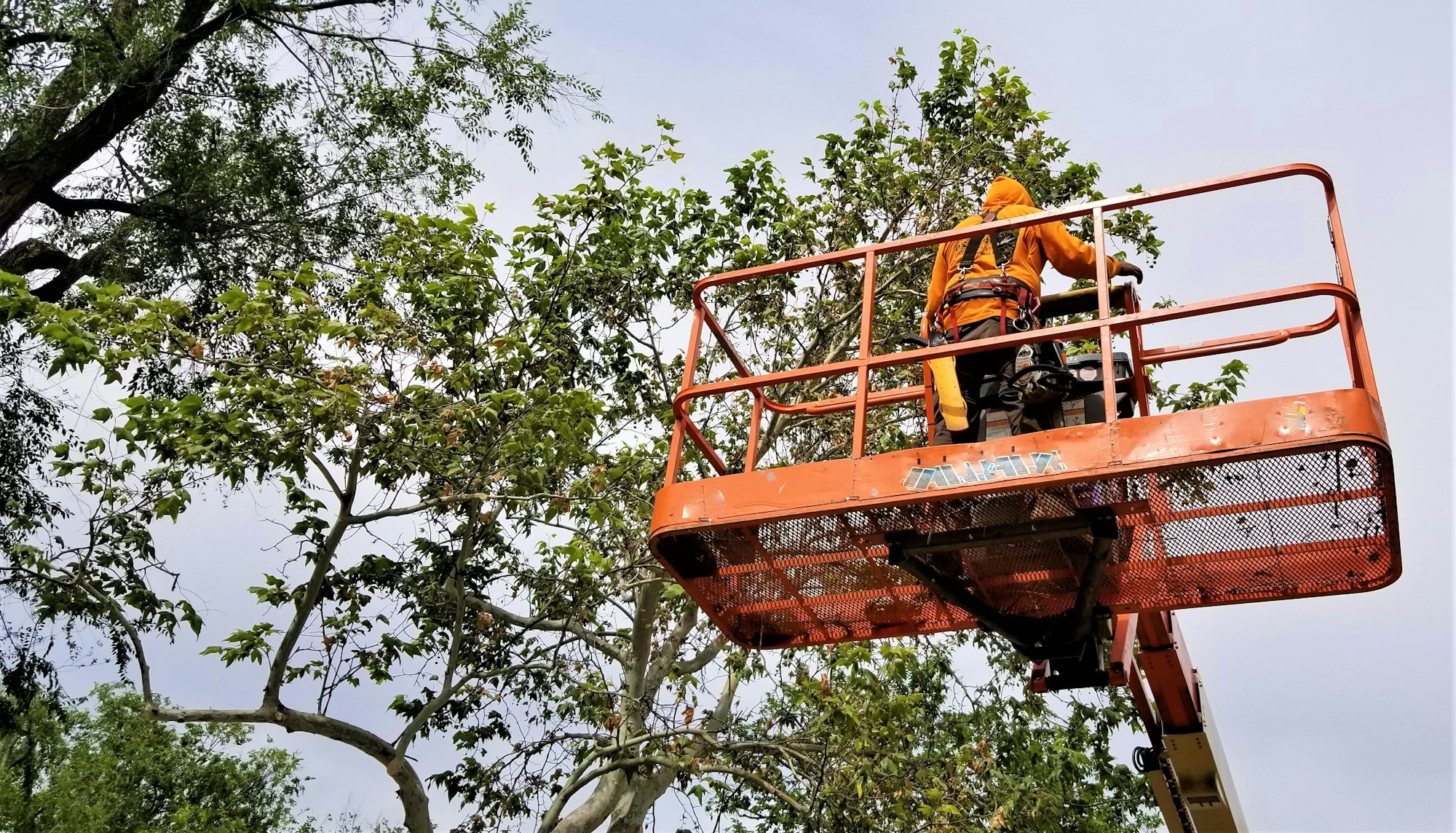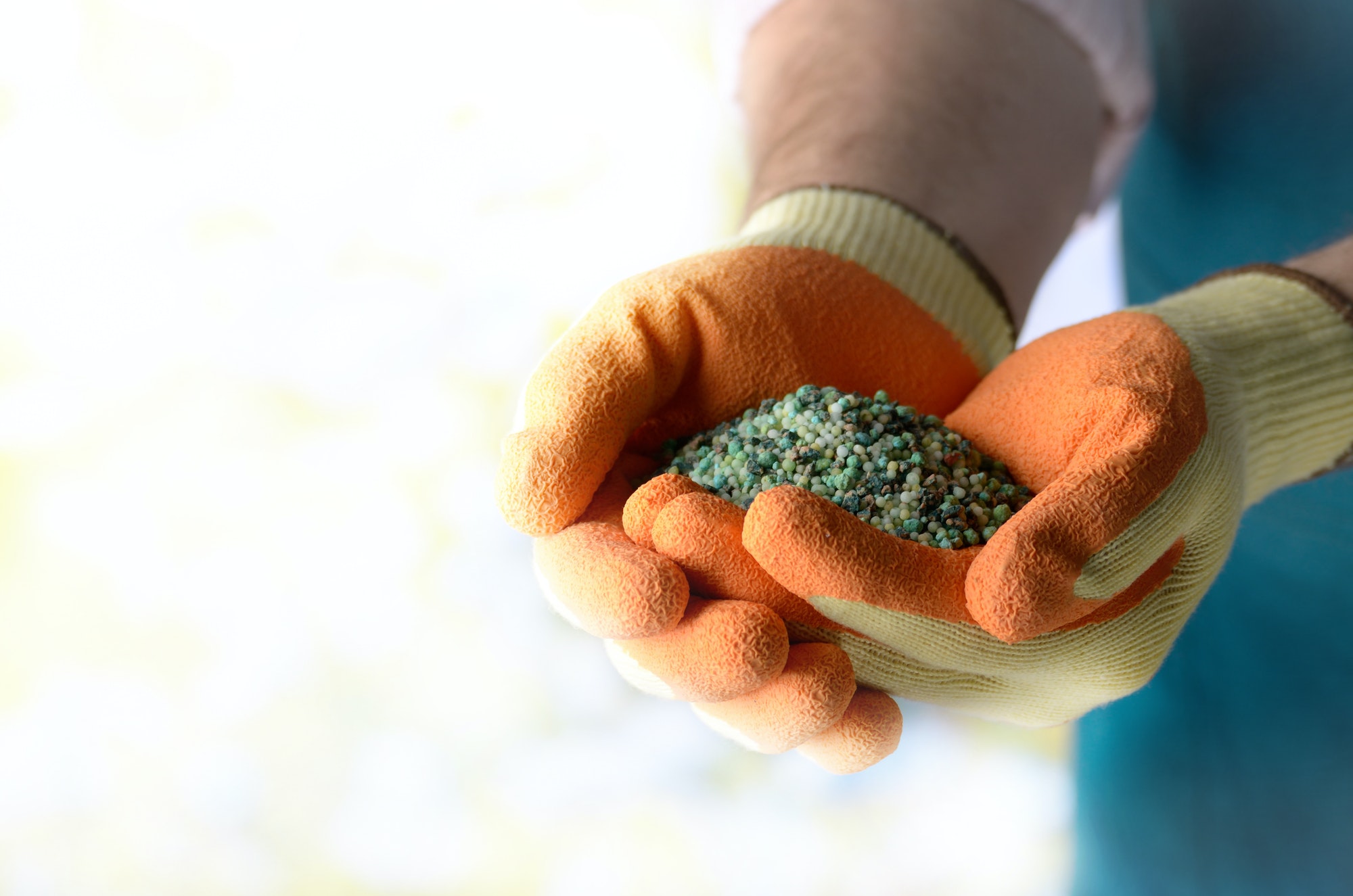Revolutionize your gardening routine – Harnessing the power of slow-release fertilizer
With many fertilizers available, the idea of fertilizing regularly can be confusing. However, different plants and soils need different nutrients. Fertilizers can provide these nutrients immediately or slowly over time. Slow-release fertilizers differ in properties from traditional fertilizers and are gaining popularity. This article highlights the types, usage, and benefits of using slow-release fertilizers.
What is a Slow-Release Fertilizer?
- Slow-release fertilizers gradually release nutrients into the soil. They are often coated with materials like plastic resin or sulfur-based polymers. These coatings break down slowly due to factors such as water, heat, sunlight, and soil microbes.
Unlike quick-release fertilizers, slow-release fertilizers stay in the soil for longer periods, reducing the need for frequent application. While slow-release fertilizers may be slightly more expensive per pound, their less frequent application makes their overall cost comparable to that of quick-release fertilizers.
Functioning
- Slow-release fertilizer functions by gradually introducing micronutrients and beneficial microbes into the soil. These nutrients are released over time to support root growth and enhance overall plant health in harmony with soil temperatures and conditions.
Unlike quick-release fertilizers, which provide a sudden influx of nutrients, slow-release fertilizers initiate microbial activity more slowly and steadily.
Types of Slow-Release Fertilizer
- Selecting the right fertilizer for your garden involves considering your specific needs. Explore these four options to find the perfect fit:
Controlled-Release Fertilizer
- Also known as CRF, controlled-release fertilizers rely on internal mechanisms to gradually release nutrients, independent of soil conditions. They are ideal for those requiring a consistent nutrient supply over an extended period.
Granular Fertilizer
- This water-insoluble fertilizer, packaged in pellets or granules, offers a slow release rate. Its solid form helps prevent leaching, ensuring nutrients remain in the soil.
Liquid Fertilizer
- Slow-release liquid fertilizers are also available, although they are less common than their fast-release counterparts. These water-soluble formulations release nutrients gradually, providing sustained nourishment to plants.
Organic Fertilizer
- Organic fertilizers, made from organic materials like compost, kelp, and bone meal, offer a chemical-free alternative. Ideal for organic gardening enthusiasts, they ensure gradual nutrient release without synthetic additives.
Common Nutrients Found in Slow-Release Fertilizers
- Slow-release fertilizers play a crucial role in nourishing plants by supplying essential nutrients. Here are five commonly found nutrients in these fertilizers:
Calcium
- Calcium is vital for the growth of leaves, fruits, and flowers. Although it is not a primary ingredient in most formulations, calcium is often included in fertilizer blends.
Magnesium
- Magnesium supports chlorophyll production and aids in photosynthesis, promoting overall plant health.
Nitrogen
- Nitrogen is among the most prevalent fertilizer components. It exists in various forms, such as ammonium nitrate and methylene urea. Nitrogen is useful for promoting plant growth and vitality.
Potassium
- Also known as potash, potassium enhances plants’ resistance against pests and diseases. Adequate potassium levels in fertilizer formulations contribute to plants’ prolonged health.
Phosphorus
- Phosphorus is a vital mineral for plant development. It is essential for every stage of a plant’s lifecycle, from seed germination to root establishment to maturity.
Use of Slow-Release Fertilizers
 The choice of slow-release fertilizer should depend on the specific types of plants you are fertilizing. For example, fertilizers designed for turf grasses often have a higher nitrogen content, like an 18-6-12 ratio, and might also contain weed control ingredients, making them unsuitable for flower beds, trees, or shrubs.
The choice of slow-release fertilizer should depend on the specific types of plants you are fertilizing. For example, fertilizers designed for turf grasses often have a higher nitrogen content, like an 18-6-12 ratio, and might also contain weed control ingredients, making them unsuitable for flower beds, trees, or shrubs.
Fertilizers tailored for flowering or fruit-bearing plants typically have increased levels of phosphorus, while those for vegetable gardens should include calcium and magnesium. It’s crucial to read and follow product labels carefully to ensure the health and growth of your plants.
Improve your tree growth with American Tree’s tailored nutrient solutions. Contact us today at (973) 744-6091 to access personalized organic and liquid injection fertilizers perfectly suited to fulfill your plants’ nutritional needs. We provide services in Montclair, New Jersey, and nearby areas. Let’s nurture your plants together.



 In spring, thoroughly inspect your trees for damage or disease. Look out for visible indications such as broken branches, holes, molds, and fungi. Additionally, pay attention to branches that fail to produce flowers or leaves. They are likely dead and should be pruned, preferably by a professional tree pruning service.
In spring, thoroughly inspect your trees for damage or disease. Look out for visible indications such as broken branches, holes, molds, and fungi. Additionally, pay attention to branches that fail to produce flowers or leaves. They are likely dead and should be pruned, preferably by a professional tree pruning service.
 Thoroughly examining your tree for signs of diseases, pests, or parasites can help you differentiate between dormancy and death. Common tree diseases, including fungal, bacterial, and viral infections, as well as various forms of blight, often show visible symptoms such as discoloration, wilting, cankers, lesions, or abnormal growth patterns.
Thoroughly examining your tree for signs of diseases, pests, or parasites can help you differentiate between dormancy and death. Common tree diseases, including fungal, bacterial, and viral infections, as well as various forms of blight, often show visible symptoms such as discoloration, wilting, cankers, lesions, or abnormal growth patterns.
 By clearly marking the work area, prioritize the safety of co-workers, pedestrians, and other individuals in the vicinity. If the tree extends over a roadway, consider using signs and cones to redirect pedestrian and vehicular traffic as needed. Additionally, wearing
By clearly marking the work area, prioritize the safety of co-workers, pedestrians, and other individuals in the vicinity. If the tree extends over a roadway, consider using signs and cones to redirect pedestrian and vehicular traffic as needed. Additionally, wearing 
 Relocate an infested plant to a separate area, ideally far from other plants.
Relocate an infested plant to a separate area, ideally far from other plants.
 It’s advisable to approach pruning with a gentle touch. Reserve heavy pruning for situations where the tree is severely infested or diseased. Each pruning cut weakens the tree’s immune system slightly, making it more susceptible to pests and fungal infections.
It’s advisable to approach pruning with a gentle touch. Reserve heavy pruning for situations where the tree is severely infested or diseased. Each pruning cut weakens the tree’s immune system slightly, making it more susceptible to pests and fungal infections.
 Removing a tree, even of moderate size, is a time-consuming task. Each branch must be carefully removed to avoid damage to the home, neighboring properties, or nearby trees. Furthermore, the stump must be excavated from the ground, adding to the complexity of the process. Executing these steps demands both time and specialized equipment.
Removing a tree, even of moderate size, is a time-consuming task. Each branch must be carefully removed to avoid damage to the home, neighboring properties, or nearby trees. Furthermore, the stump must be excavated from the ground, adding to the complexity of the process. Executing these steps demands both time and specialized equipment.
 Organic fertilizers can be applied more generously to your plants. When using store-bought products, it’s crucial to follow the instructions provided. If you’re using homemade fertilizer, exercise caution, particularly when using manure. Allow the manure to age for four months to a year before applying it to your plants. Aged manure can be introduced into holes for planting shrubs or trees, scattered around mature plantings, or placed next to cultivated vegetables throughout the year.
Organic fertilizers can be applied more generously to your plants. When using store-bought products, it’s crucial to follow the instructions provided. If you’re using homemade fertilizer, exercise caution, particularly when using manure. Allow the manure to age for four months to a year before applying it to your plants. Aged manure can be introduced into holes for planting shrubs or trees, scattered around mature plantings, or placed next to cultivated vegetables throughout the year.
 Trees that bear heavy fruit loads can strain their branches and increase the risk of breakage. Cabling provides additional support to heavy branches to distribute the weight of the fruit load evenly, preventing damage and promoting healthy growth.
Trees that bear heavy fruit loads can strain their branches and increase the risk of breakage. Cabling provides additional support to heavy branches to distribute the weight of the fruit load evenly, preventing damage and promoting healthy growth.
 Trees that are in the process of dying or under stress are a host to pests, including carpenter ants and beetles. Dead or dying branches are the preferred habitat for insects and pests. The depressed or discolored areas usually indicate
Trees that are in the process of dying or under stress are a host to pests, including carpenter ants and beetles. Dead or dying branches are the preferred habitat for insects and pests. The depressed or discolored areas usually indicate